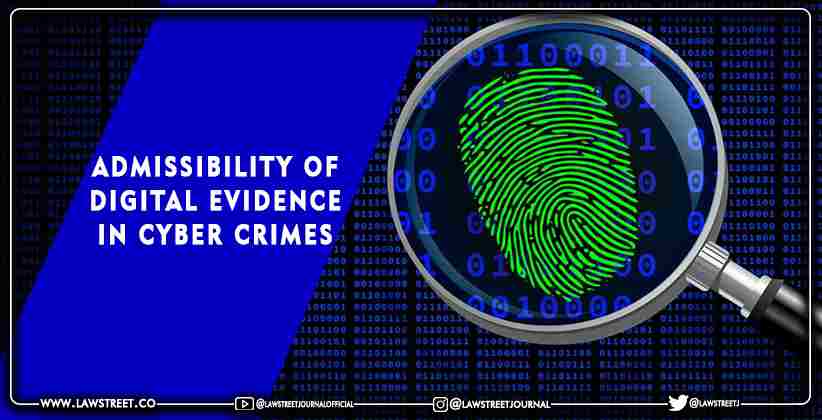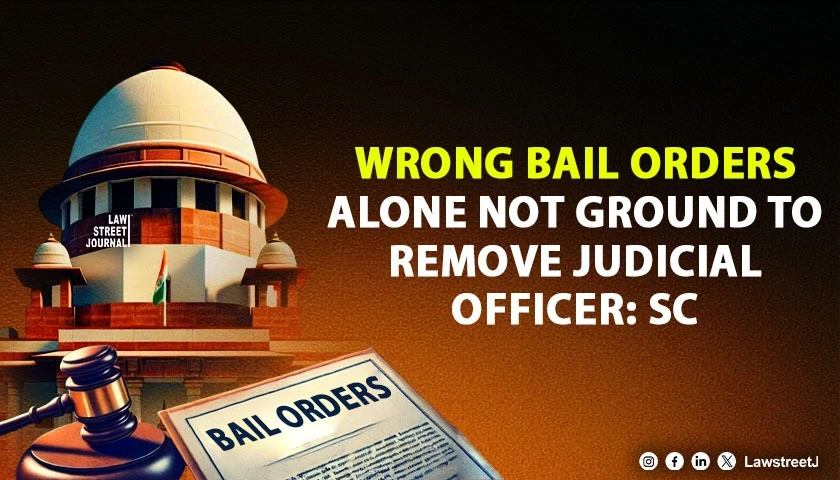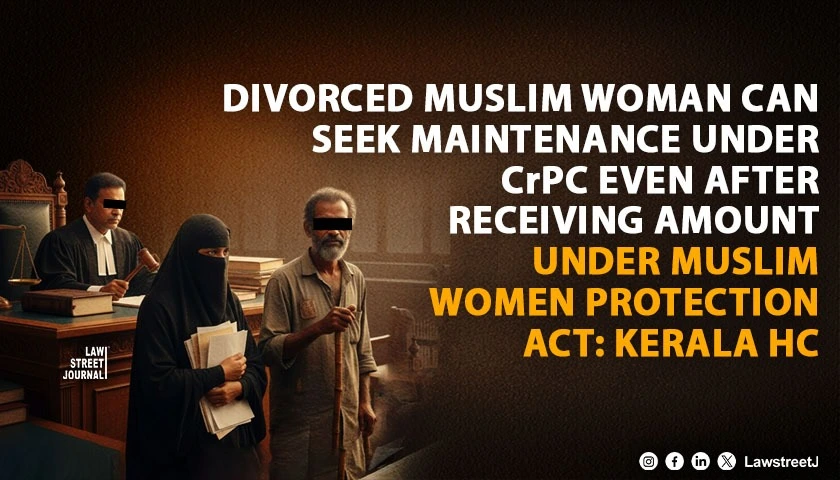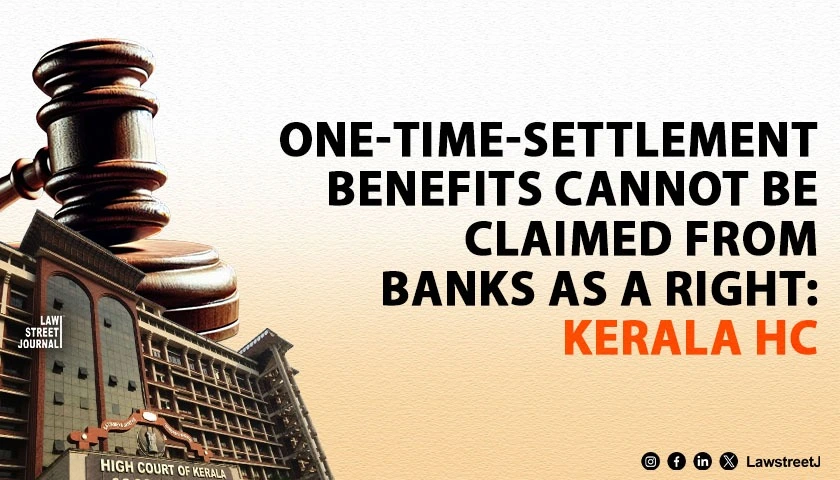With the large-scale adoption of computer, electronic devices and the internet, there has also been a proliferation of cyber-crimes. These crimes can take myriad forms like fraud, impersonation, child pornography, denial of service attacks etc.
The traditional judicial system based on physical evidence and eyewitness testimony are ill-equipped to fight these sophisticated attacks as evidence for such crimes seldom exist in material form. These crimes generate data stored as digital records, and courts can apportion liabilities only after studying such digital evidence. The enormous size of these records and the fact that they are easily tampered with makes it a challenge to ascertain their authenticity and to consider them as evidence.
An important question that arises in the judicial determination of cyber-crimes is the admissibility of digital evidence in courts. What type of digital evidence are admissible in court? How can the evidence be collected and submitted in court? How much value is attached to this evidence? Is there a need for additional expert testimony to corroborate the digital proof?
Legislative Provisions on Admissibility of Documentary Evidence
The Indian Evidence Act, 1872 classifies documentary evidence into primary and secondary evidence. Primary evidence (as defined in Section 62 of the Indian Evidence Act, 1872) refers to the actual document itself when submitted for the court's inspection. For example, in a property dispute, if the court studies the actual title deed of the property to reach its verdict, the title deed can be called primary evidence.
Secondary evidence refers to evidence used to prove the contents of a document which could have been the primary evidence in a case. Section 63 of the Indian Evidence Act, 1872 provides a list of evidence that a party can submit as secondary evidence, which includes:
- Certified copies of the original;
- Copies of the original made by a tamper-proof mechanical process;
- Copies made from and compared with the original;
- Counterparts of the original documents; and
- Oral accounts of the contents of a paper by a person who has himself seen it.
Section 65 of the Indian Evidence Act, 1872 lays down that secondary evidence, instead of primary evidence, can be used to prove the existence, condition or contents of a document when the original document:
- Cannot be submitted as it is in possession of the opposite party;
- Is out of reach for the judicial process;
- Cannot be submitted as the person in possession of the document is unwilling to produce the original;
- Had been approved in writing by the other party;
- Is lost or destroyed;
- Is of such a nature that it is not easily movable;
- Is a public document;
- Is a document for which issue of certified copies as evidence is allowed under any law in force in India; or
- Consists of numerous accounts which the court cannot examine conveniently.
Section 64 of the Indian Evidence Act, 1872 lays down that documents must be proved by primary evidence except in situations provided in Section 65 of the Act.
Changing Approach to Digital Evidence
Before significant amendments to the Indian Evidence Act, 1872 in the year 2000, the legislative and judicial approach to digital evidence was similar to documentary evidence. The courts examined the secondary evidence for the existence, conditions and contents of digital records submitted to it in the form of printouts or transcripts. But the authenticity of this digital evidence was verified by a competent signatory who was to identify the signature in court and be open to cross-examination in court. Sections 63, 64 and 65 of the Indian Evidence Act, 1872 provides the procedure for the activities mentioned above.
But with time, with the broader adoption of digital means of communication and data storage, the variety and volume of databases increased tremendously, which called for a reform in how the legal and judicial system approaches digital evidence. The Information Technology Act, 2000 introduced the concept of 'electronic record in the Indian Evidence Act, 1872.
The term electronic record is defined in Section 2(1)(t) of the Information Technology Act, 2000 as data, record or data generated, image or sound stored, received or sent in an electronic form or microfilm or computer-generated micro fiche'. Section 4 of the Information Technology Act, 2000 provides for the use of electronic records in place of paper-based documents. Section 4 states that:
Where any law provides that information or any other matter shall be writing or in type-written or printed form, then, notwithstanding anything contained in such law, such requirement shall be deemed to be satisfied if such information or matter is:
- rendered or made available in an electronic form; and
- accessible so as to be usable for a subsequent reference.
The legislature's intention to give absolute recognition to electronic record is evident from the non-obstante clause included in the wording of the above section.
The Information Technology Act, 2000 also inserted Sections 65A and 65B in the Indian Evidence Act, 1872, to give a separate mechanism for the admission of electronic records as evidence. Section 65A states that contents of electronic records may be proved in accordance with the provisions of section 65B.
Conditions for Admissibility of Digital Evidence
Section 65B (1) of the Indian Evidence Act, 1872 is a provision that simplifies the question of admissibility of electronic records as evidence by eliminating the need for additional proof of authenticity and production of physical copies, provided the records satisfy certain conditions. These conditions are of two types: technical and non-technical.
The technical conditions for the use of electronic records as evidence laid down in Section 65B (2) of the Indian Evidence Act, 1872 are that:
- The computer used in entering and storing the electronic record was in regular use by an authorised person at the time of such entry and storage;
- The entry of the data was in the ordinary course of activities;
- The computer used was operating properly at the time of entry; and
- Storage of the data and that the data contents have not been affected by operational issues with the computer.
Section 65B (4) lays down the non-technical requirements for using electronic records as evidence. The requirement calls for a certificate by a person in a responsible official position concerning the device used for making the record. The certificate should be identifying the electronic record and describing the procedure involved in producing the record or giving the recording devices' particulars. For this certificate, it shall be sufficient for the person giving it to state that the matters mentioned in it are accurate to the best of his knowledge and belief.
Other changes to the Indian Evidence Act, 1872 for admissibility of electronic evidence are:
- Amendment to Section 17 so that the definition of the term admission will include statements in electronic form also;
- Addition of Section 22A to make oral admission of the contents of an electronic record irrelevant unless the genuineness of the record is in question;
- Addition of Section 39 to provide that the court can decide the part of the electronic record is to be submitted to fully understand the nature and effect of the evidence and the circumstances under which it was made.
- Addition of Sections 81A, 85A, 85B, 85C, 88A and 90A to provide a presumption of authenticity to certain electronic records like official gazettes, digital signatures, electronic messages etc.
These sections show that the law as it stands today provides for the production of information in digital form as evidence in a court of law without the additional burden of producing them in tangible form and proving the authenticity of such copies.
Judicial Precedents in the Admissibility of Digital Evidence
Even after the enactment of these enabling provisions, courts were cautious in their approach to digital evidence.
In State v. Navjot Sandhu (AIR 2005 SC 3820), the Supreme Court followed the earlier approach of demanding secondary evidence under Sections 64 and 65 of the Indian Evidence Act, 1872.
Later in 2015, the Supreme Court acknowledged the significance of Section 65B of the Indian Evidence Act, 1872, in Anvar P.V. v. P.K. Basheer (AIR 2015 SC 180). In the case, the Supreme Court asserted that electronic evidence could only be verified by the provision contained in Section 65B of the Indian Evidence Act, 1872, as it is a specific provision that overrides the more general conditions contained in Section 64 and 65 of the Indian Evidence Act, 1872.
Other case laws have applied Section 65B of the Indian Evidence Act, 1872 to different electronic records like emails, call recordings, video conferencing, news reports etc.
In 2018 the Supreme Court clarified that the requirement of the certificate as laid down in Section 65B (4) of the Indian Evidence Act, 1872 in using electronic records as evidence could be relaxed for ensuring justice. The judgement was given by a bench comprising of Justices A. K. Goel and U. U. Lalit. The court observed that the certificate could be demanded only when the digital evidence is submitted by a person who also produced the evidence.
However, in 2020 a three-judge bench of the Supreme Court gave a verdict contradictory to the above 2018 judgment in Arjun Panditrao Khotkar v. Kailash Kushanrao Gorantyal that the certificate in 65B (4) of the Indian Evidence Act, 1872 is mandatory for admissibility of electronic evidence.
Admissibility of Electronic Evidence and Cyber Crimes
Thus, under the present position of law, electronic records in digital form can be used as evidence in court if it satisfies the technical and non-technical conditions laid down in Section 65B of the Indian Evidence Act, 1872.
The need for the certificate by the person operating or managing the computer device which produces the record is a mandatory requirement under law as it stands today. Appropriate changes in the law removing the need for the certificate can make the rules of admissibility of electronic record more victim-friendly.
In the case of cyber-crimes, the evidence in digital form can be admissible in court without expert testimony to prove its validity. Thus, call recordings, screenshots, spreadsheets, audio/video files etc., can be submitted as evidence without the need for copies or transcripts, and most often requires only a certificate by the victims themselves.






